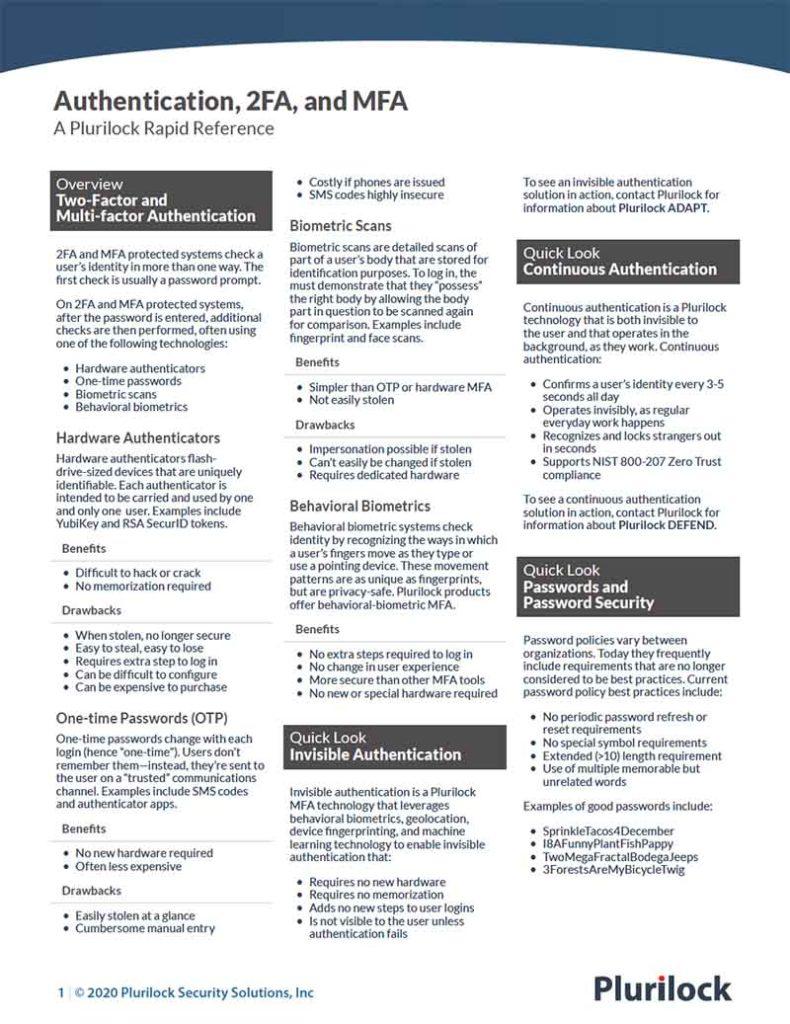Cybersecurity Reference > Glossary
Dictionary Attack
A Dictionary Attack is an attack in which many possible combinations of common words and phrases are tried in response to a shared secret authentication prompt.
In smaller or more targeted dictionary attacks, a database of "most common passwords" or of terms relevant to the targeted user may be used, while in more generalized dictionary attacks, much broader dictionaries of words and phrases that may number in the tens of thousands or more are used.
Dictionary attacks are similar to brute force attacks in that they are trying many possible passwords very rapidly in an attempt to discover a password that works. They are often somewhat more efficient than brute force attacks, particularly for longer passwords or passphrases, because in most cases users select passwords that have some form of meaning for mnemonic purposes, which in practice often means using words, names, or common phrases in passwords.
The prevalence and ease with which dictionary attacks can be successfully conducted is one reason for the proliferation of contemporary password composition rules, which often limit reliance on words or phrases and evidence either a policy requiring, or a bias toward, far more random strings of letters and numbers.

2FA/MFA Rapid Reference
Authentication at a glance
Download the 2FA/MFA Rapid Reference now:
- 2FA and MFA basics and common solutions
- The benefits and drawbacks of each
- Glossary of authentication terms
2FA/MFA Rapid Reference
- 2FA and MFA basics and common solutions
- The benefits and drawbacks of each
- Glossary of authentication terms















